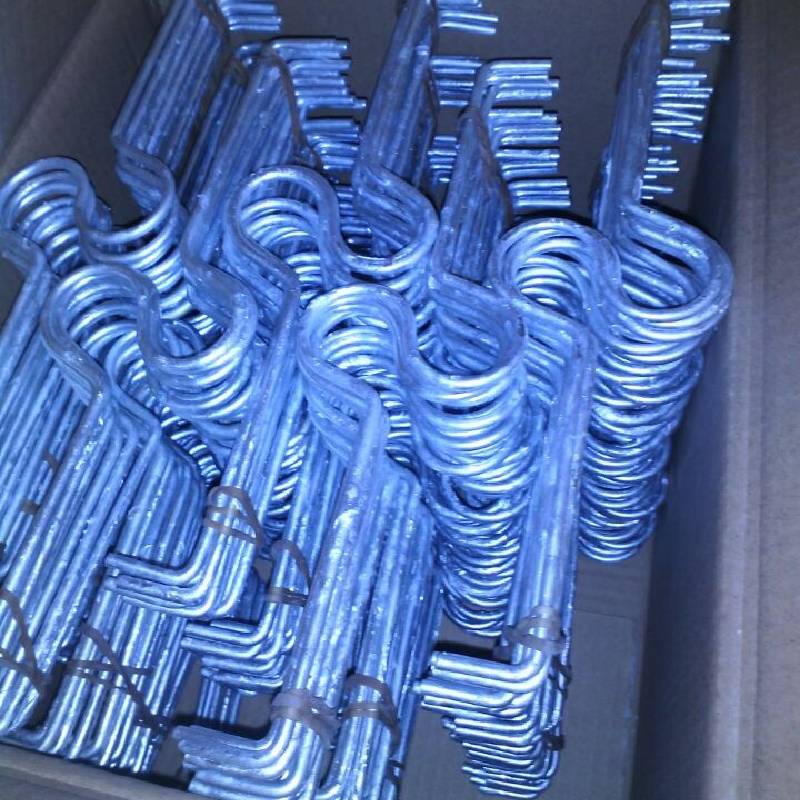
- Mobile Phone
- +8613931874955
- sales@cntcmetal.com
Durable and Strong Poultry Netting Solutions for Enhanced Farm Security and Protection
The Importance of Heavy Duty Poultry Netting in Sustainable Farming
In recent years, the demand for sustainable farming practices has grown significantly. Farmers and poultry producers are increasingly recognizing the importance of protecting their flocks while also being mindful of the environment. Heavy duty poultry netting has emerged as a crucial tool in this endeavor, providing not only safety for poultry but also a way to enhance the overall health of the farm ecosystem.
What is Heavy Duty Poultry Netting?
Heavy duty poultry netting is a robust fencing solution designed specifically for keeping chickens, ducks, and other birds safe from predators. Made from durable materials such as high-density polyethylene or galvanized steel, this type of netting can withstand harsh weather conditions and the wear and tear associated with outdoor environments. Unlike standard netting, which may sag or break over time, heavy duty options are engineered to provide long-lasting protection and support.
Benefits of Heavy Duty Poultry Netting
One of the primary advantages of heavy duty poultry netting is its ability to create a secure environment for birds. Predators such as raccoons, foxes, and hawks pose a significant threat to poultry, especially if they are free-ranging. By enclosing the birds within a netted area, farmers can reduce the risk of predation. Additionally, this netting serves as a barrier against pests and rodents, which can carry diseases harmful to both birds and humans.
Moreover, heavy duty netting promotes healthier living conditions for poultry. By keeping birds confined within a protected area, farmers can better manage their environment, ensuring access to fresh grass, insects, and natural foraging opportunities. This enriches the birds' diet, leading to healthier and happier poultry, which is essential for optimal egg production and meat quality.
Environmental Benefits
heavy duty poultry netting

Incorporating heavy duty poultry netting into a farming system also supports sustainable agricultural practices. The use of netting aligns with rotational grazing principles, allowing farmers to manage their land more effectively. When poultry are contained within a designated area, they can help to fertilize the soil and control pests, leading to a more balanced ecosystem.
By using heavy duty netting, farmers can reduce their reliance on chemical pesticides and fertilizers, contributing to a healthier environment. This sustainability is appealing not only to eco-conscious consumers but also aligns with regulatory guidelines aimed at promoting environmentally responsible farming.
Installation and Maintenance
Installing heavy duty poultry netting is a straightforward process, often requiring basic tools and a clear design plan. Farmers should select a location that provides adequate shade and shelter for their birds while considering wind direction and drainage. Proper installation ensures that the netting remains taut and secure, minimizing the risk of breaches by predators.
Maintenance is key to ensuring the longevity of the netting. Regular inspections should be conducted to check for wear and tear, as well as any potential weaknesses in the structure. By promptly addressing issues, farmers can maintain a safe environment for their poultry and maximize the investment made in the netting.
Conclusion
Heavy duty poultry netting is an invaluable asset for modern poultry farming. Its durable construction provides robust protection against predators while promoting a healthy and sustainable farming environment. As the agricultural landscape continues to evolve, investing in effective solutions like heavy duty netting will be essential for farmers looking to enhance both the welfare of their livestock and the quality of their produce. In embracing such practices, we can move towards a future that prioritizes sustainability, animal welfare, and responsible farming.
share:
-
Your Source for Concrete Wall Ties and Masonry AccessoriesNewsJul.10,2025
-
Unlocking the Power of Iron Wire for Every ProjectNewsJul.10,2025
-
Explore Advanced Chain Wire and Stainless Steel Mesh FencingNewsJul.10,2025
-
Discover the Benefits of Annealed Wire ProductsNewsJul.10,2025
-
Discover China Stainless Steel Wire Mesh SolutionsNewsJul.10,2025
-
Build with Confidence Using High-Performance Masonry AccessoriesNewsJul.10,2025
-
Why Sacrificial Formwork Is Redefining Underground ConstructionNewsJun.06,2025



















